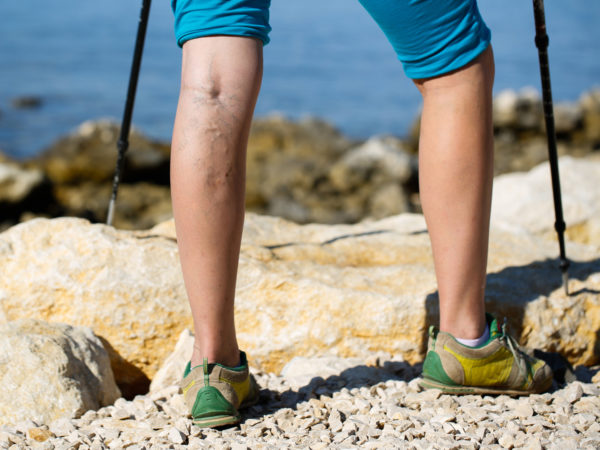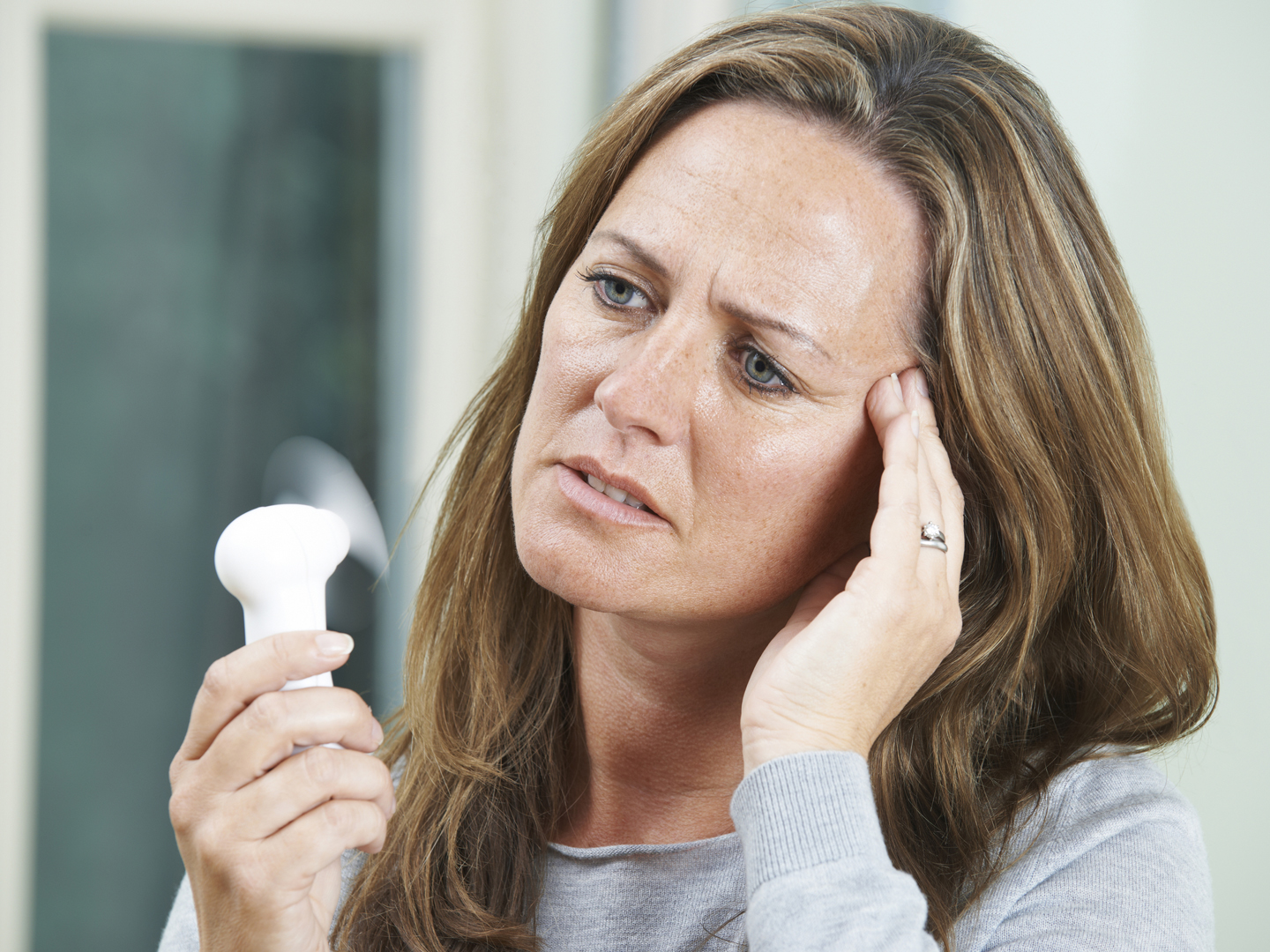Vexed by Varicose Veins?
Can you tell me what puts women at risk for varicose veins? I recently heard that being tall is a factor. What do you recommend to get rid of them?
Andrew Weil, M.D. | November 28, 2018

Varicose veins are enlarged blood vessels resulting from weakened walls, usually affecting the saphenous vein (the most visible one) that runs the length of the leg. This can happen as a result of impaired function of the valves that prevent blood from flowing backward as it moves up the legs. Gravity causes blood to pool in the vein and enlarge it. More than 30 million people in the United States are affected by this condition, which tends to run in families. The incidence also increases with age and weight. Veins that enlarge during pregnancy tend to improve after delivery. The hormonal changes associated with puberty, pregnancy and menopause can increase a woman’s risk of developing varicose veins, as can birth control pills and other medications containing estrogen and progesterone.
News that height is a causal factor comes from Stanford University School of Medicine research published in September 2018. In the largest study ever performed for this condition, investigators examined the genes of more than 400,000 people for clues to the causes and influences of varicose veins. Erik Ingelsson, M.D., Ph.D., one of the study’s two senior authors, said the study results “strongly suggest height is a cause, not just a correlated factor, but an underlying mechanism leading to varicose veins.”
The team used data from the UK Biobank, a genetic repository that includes information on about a half-million people, to look for varicose vein risk factors. Screening for genetic markers in 337,536 participants, they found 9,577 who had varicose veins. Although data on these people confirmed what we’ve long known about other risk factors, the screening process found that height was among them, a finding that surprised the researchers.
For most people, varicose veins are no more than a cosmetic problem, although more advanced ones can cause legs to ache or swell. The most common treatment is sclerotherapy, an office procedure in which a saline solution injected into the vein causes its walls to stick together and seal shut. Other nearby veins then take over for them. You may need several treatments depending on the extent of the affected area, but you should be able to resume your normal activities immediately.
Laser light can also be used to collapse and seal larger veins, as can radiofrequency energy that heats the affected vein. Both techniques are office procedures that require local anesthesia. Very large varicose veins may require surgical removal.
Most of the treatments are very effective. To lower your risk, wear sunscreen to protect your face, exercise regularly to improve strength and circulation in your legs (walking is ideal), lose weight and don’t cross your legs when sitting. Avoid either sitting or standing for long periods of time and try to elevate your legs when resting. If you have to stand or sit for a long time, wear elastic support stockings. A low-salt, high-fiber diet can help as well. (Salt can cause water retention and swelling, and insufficient fiber increases the risk of constipation, all of which favor development of varicose veins.)
In addition, you might try horse chestnut, an herbal extract that strengthens veins and can help reduce swelling. It comes in an oral form and as a topical cream. I also recommend using antioxidants called oligomeric proanthocyanidins (OPCs), extracted from grape seeds or pine bark. These compounds are nontoxic free radical scavengers that help support blood vessels.
Andrew Weil, M.D.
Source:
Erik Ingelsson and Nicholas J Leeper et al, “Clinical and Genetic Determinants of Varicose Veins Prospective, Community-Based Study of ≈500000 Individuals.” Circulation, September 24, 2018 DOI: 10.1161/CIRCULATIONAHA.118.035584











